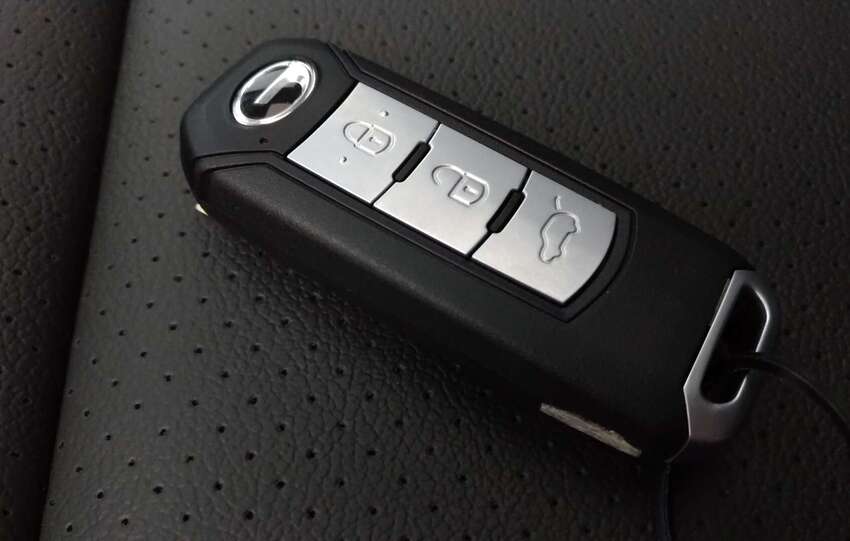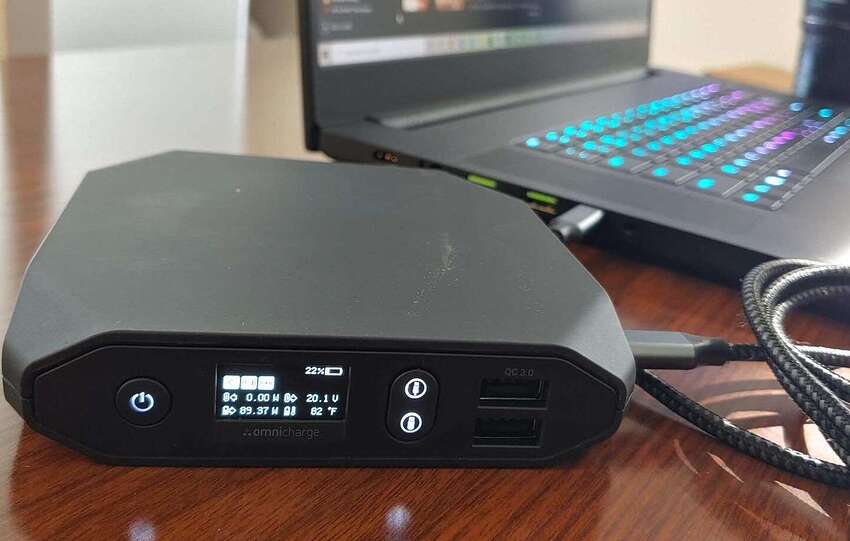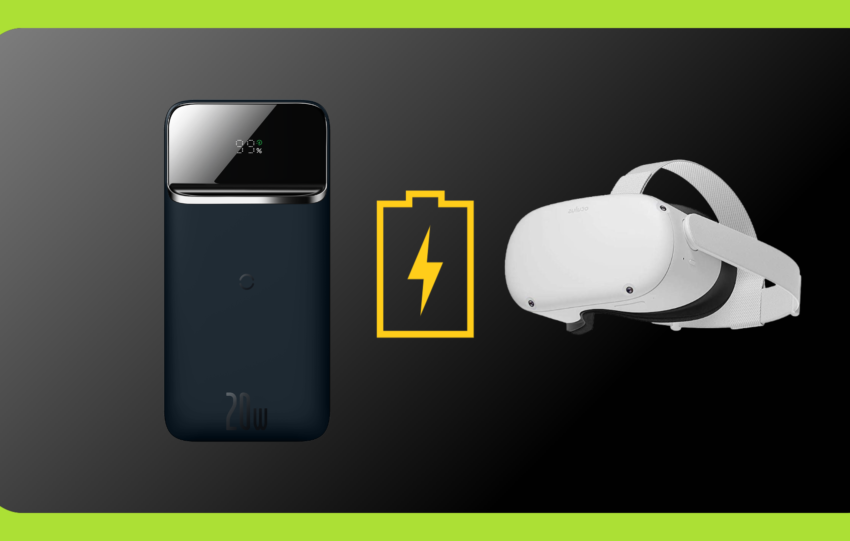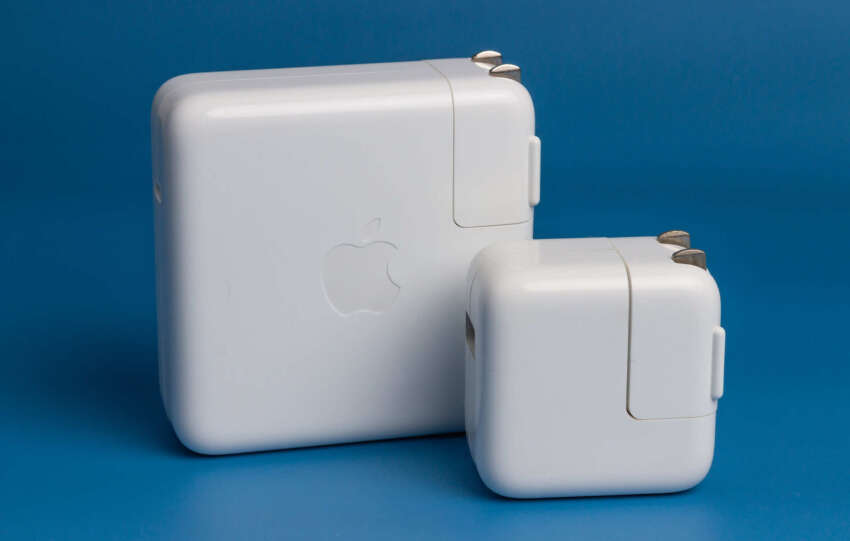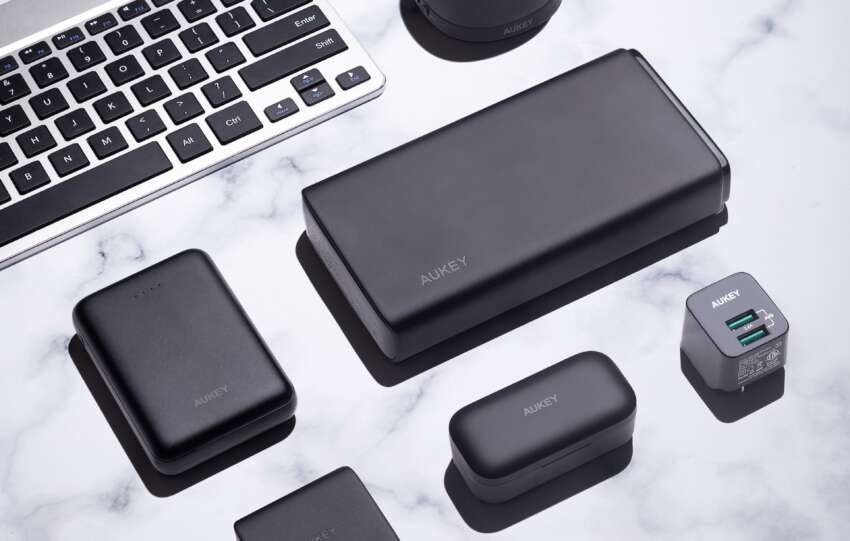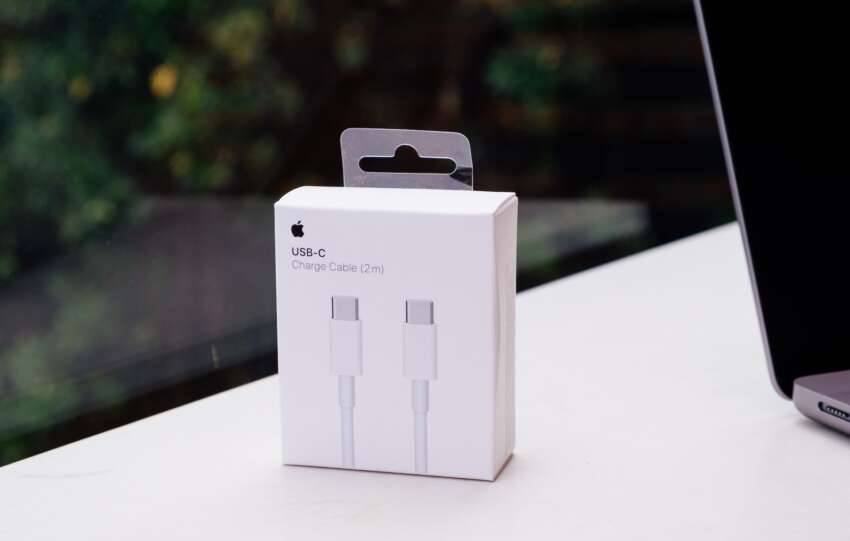Share This Article
When it comes to your iPhone charging cord, you might not realize how much force it puts on the port when it’s plugged in.
After all, that’s why the cord is there so you can easily charge your phone. But if you leave your charging cable plugged in for too long, or use your phone while it’s connected to a charger, this can cause problems.
For example, if you have an iPhone 8 or a later model and leave your phone plugged in overnight, any residual moisture from breathing or moisture from sweat can make its way into the port over time.
This moisture can then get trapped inside of your phone and cause issues with charging speeds and battery performance as well as attract dirt and dust over time.
Thankfully, there are a few things you can do to keep this from happening. This article covers everything you need to know about getting rid of water in your iPhone charging port as well as how to fix a wet or damaged charging cable before buying a new one.
If your iPhone or Lightning port gets wet.
Tap your iPhone lightly on your hand with the Lightning connector pointing down to drain extra moisture. Keep your iPhone in a dry place with adequate airflow. After at least 30 minutes, try to charge using a Lightning cable or attaching a Lightning accessory.
How to get water out of your charging port
It’s important to note that it isn’t necessary to completely dry out your charging port. All you need is a little bit of moisture evaporating from the device, but only if the moisture is visible. If you see any water or droplets on the charger itself, then you should take action. In general, there are four ways to remove the excess water from your iPhone charging port:
1) Use a vacuum cleaner and suck out all of the water
2) Use a hairdryer
3) Put your phone into an airtight bag for 30-60 minutes
4) Let it sit in rice for 24 hours
How to fix a wet charging cable
If you notice that your charging cable has become wet or damaged, this can cause quite a few problems. For example, if the moisture from breathing or sweat gets in the port over time, then it’s going to take longer than usual for your battery to charge.
If the moisture is too much at one time, your phone might not even charge. The best way to fix this problem is by using a dryer sheet or an air-drying bag.
Place a dryer sheet in the side of the charger port closest to the body of your phone and plug it into a power source (wall outlet) for 25 minutes.
Afterward, you should be able to unplug your charger without any issues. Another way is by using an air-drying bag on your charging cord. Place one end of the bag over the charger cord and let it sit for about 30 minutes before unplugging it and giving it another try.
How to fix a damaged charging port
If the charging port on your iPhone has been damaged or wet, sometimes it’s impossible to fix. Luckily, you don’t have to throw away your phone just yet.
There are a few things you can do before buying a new cable.
First, make sure your phone is charged and turn it off. If you’ve already tried this, try again. Next, place the phone in a bowl of dry rice and leave it for at least 24 hours to let the moisture evaporate from the inside of the device.
This should remove any water or debris that has built up inside the port. After this step is complete, use a compressed air duster to clean out the charging ports on both sides of the dock connector along with the Lightning port and headphone jack in front of the charging port on top of your iPhone.
This will help prevent future damage as well as prevent dirt and debris from getting into these ports over time. Finally, if you’re still experiencing problems after all of these steps, just replace your new charging cord!
Avoid having water get in your charging port
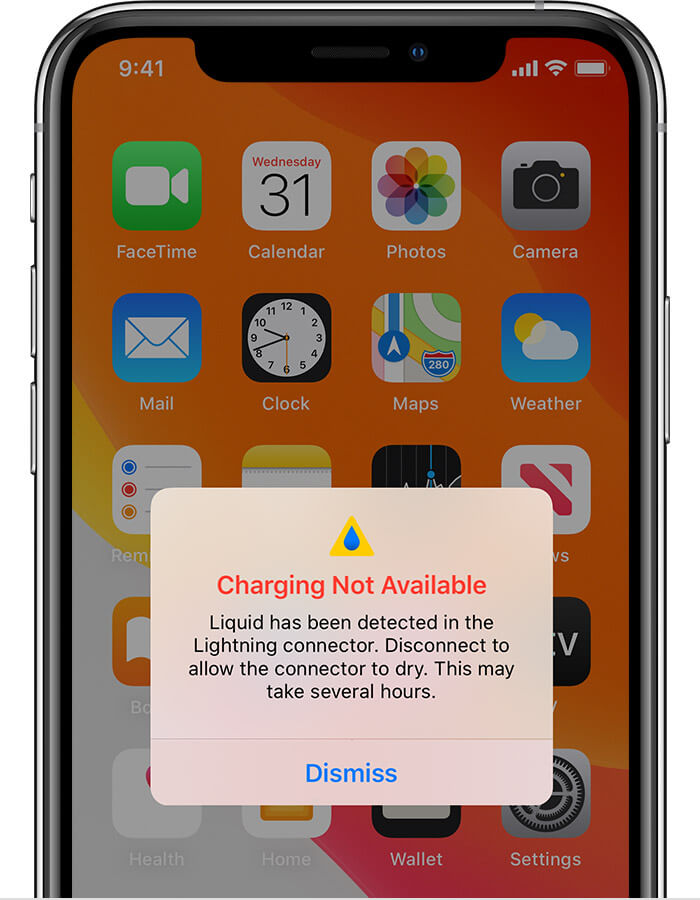
To avoid having water get into your charging port, be sure to dry any excess moisture off of the port before plugging in your charger.
If you have an iPhone 8 or later model, this includes the area around the Lightning connector as well as on the Lightning connector itself. The easiest way to dry these areas is to take a paper towel and manually brush away any residual moisture after using a humidifier or vaporizer.
Be sure to keep your phone plugged into a charger when it’s not in use as well. This will help prevent dust and dirt from building up over time. If your phone is still wet or damaged, you can buy a new charging cable from Apple or any other reputable retailer.
Which cord should you buy?
If your iPhone is older and has a standard charging port, you should consider buying an official Apple cord. This cord will be long enough to accommodate the extra length of the new ports and it will also be sturdy enough to accommodate any potential water damage.
However, if your phone has the newer Lightning port or if you have an iPhone XS, 8, or 8 Plus–you can also use a compatible third-party cable to charge your device. These cables are usually less expensive and may come with a warranty for peace of mind.
Final Words
You can prevent water from getting into your iPhone charging port by following these tips:
– Charge your phone with a wireless charger, not an old-fashioned cable
– Don’t charge your phone when it’s wet
– Unplug the charger and let it air dry before plugging it back in
If you’re still having issues with moisture in your iPhone charging port, or if this issue is affecting how well your phone charges, you might need to replace the port. This could be a problem if you have a broken power button because replacing the power button also requires replacing the charging port. The good news is that there are plenty of places where you can order one for cheap.
FAQ’s
What can cause charging problems with iPhone?
There are a variety of factors that may cause charging problems with an iPhone. If your phone isn’t charging, it could be due to a problem with the charging port, the cable or the wall outlet.
A charging port may become damaged over time, allowing moisture to enter and damage the internal components of the phone.
A cracked or damaged charging cable may also result in damage to your iPhone’s charging port and internal components if moisture enters the cable while plugged into a charger.
A damaged wall outlet may also be the source of charging problems with your iPhone. A damaged wall outlet may allow electricity to enter the phone and damage its internal components.
If you notice charging problems with your iPhone, try these steps:
1. Check for damage to the wall outlet. If there is any visible damage to the wall outlet, such as water stains on the outlets or walls, this may be causing electrical issues within your phone.
2. Try replacing the wall outlet with a new one. If you find a new wall plug that works with your current wiring system, you can use it to fix any electrical issues with your phone’s original wall outlet.
3. Make sure the cable is not loose or defective. Make sure that the cable is not caught on anything and isn’t becoming disconnected from either side of the device while it is being charged.
4. Check for loose connections inside your phone’s charging port by removing its battery and SIM card tray cover and checking inside for any loose or broken cables or connectors that are causing pressure on internal components while they are being charged in your phone’s charging port.
How can you prevent charging problems with iPhone?
There’s no surefire way to prevent charging problems with your iPhone. But there are a few things you can do to help minimize the chances of them happening.
First, keep your iPhone and any charging cables apart as much as possible. This will help keep moisture out of the charging port and your phone.
Second, make sure your charging cable is properly fitted into the charging port on your phone. A loose connection can cause issues with charging.
And finally, unplug your phone from the charger when it’s done charging. This will prevent residue from drying out inside of the port and potentially causing problems down the line.
What are the consequences of charging problems with iPhone?
All charging cords are not created equal. This is why it’s so important to use only approved third-party Apple charging cords. These cords are tested and certified to be safe for use with your device. They’re also approved by Apple and not subject to any recalls. That means you can expect the best performance and reliability when using one of these cords.
The most important thing to remember about your charging cord is that it’s designed to be used with just one charging device at a time. That way, if there are any problems, you know which charger caused the problem and can look for an alternative.
So, as long as you’re properly using only Apple certified cords, there shouldn’t be any problems in the first place. But if you do encounter charging issues with your iPhone, here are a few things you can do:
Fix moisture issues: The most common issue with charging cables is moisture build-up inside the port over time. This can cause problems such as high resistance, exposed internal wire connections, or even sparks when using a high-wattage charger. To fix this problem, take your phone and charging cord apart and wipe down both surfaces with a moist cloth. Use an antifreeze spray on exposed internal wires if this doesn’t work after a few weeks.Replace cables: If moisture still persists after using these steps, your only option may be to replace your charging cable. Make sure you get the best one you can find from Apple or elsewhere and check it regularly for signs of damage or deterioration over time. Fix damage: A damaged charging cable will eventually cause damage to your device as well as resistor corrosion inside the port. When this happens, it can make a high-resistance connection that causes either your phone or charger to shut down unexpectedly when attempting a charge or sync up. If this happens to you, try unplugging everything for 10 minutes or so before trying again.


